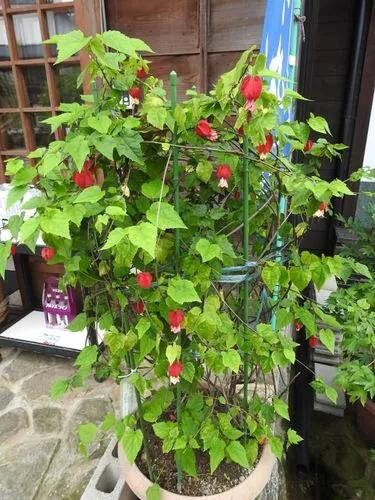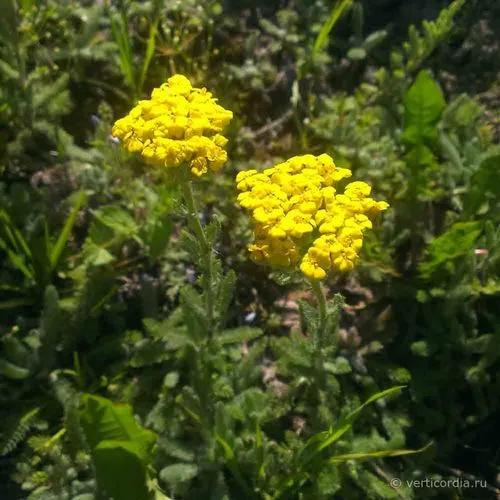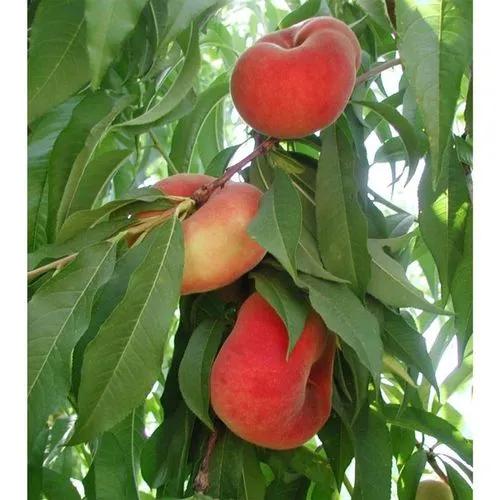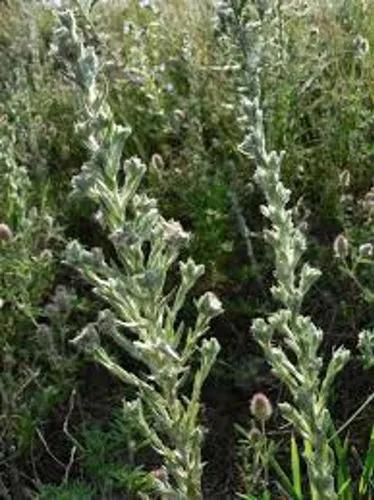Shrub or subshrub 0.3–2.5 m. tall, occasionally scrambling; branches with adpressed short upwardly directed hairs, at length ± glabrous and roughened with distinctly raised petiole-bases.
Lantana Viburnoides Care
Lantana Viburnoides



How to Care for the Plant

Water

While newly planted lantanas require frequent watering, once established, these plants require little maintenance and are even tolerant of somewhat dry conditions. In fact, a good soaking about once a week should keep them relatively happy.

Pruning

Regular pruning of the plant usually takes place in spring.

Fertilizer

Although it isn’t required, lantana plants can be given a light dose of fertilizer each spring, but too much may inhibit their overall flowering.

Sunlight

Full Sun, Partial Shade

Soil

Simply choose a sunny location and plant them in well-draining soil. Although these plants are tolerant of many soil conditions,

Temperature

Lantana plants may survive in a light frost, but if the temperature dips below 28 degrees Fahrenheit or stays cold for a long time, the plant will die. The plant will thrive in temperatures 55 degrees Fahrenheit or more. The lantana plant is fine with humid weather and can even survive with salt spray.

Container

Plant lantana in a container with a drainage hole in the bottom using a lightweight commercial potting mix.

Additional

The toxic principle of this plant is triterpene acids lantadene A and B. These have a negative impact on the liver (intrahepatic homeostasis) and gallbladder. Livestock, pets, and children who consume approximately one-percent of their body weight in green leaves and/or berries will experience poisoning.

Popularity

226 people already have this plant 50 people have added this plant to their wishlists
Discover more plants with the list below
Popular articles






